Please login or click here to join.
Forgot Password? Click Here to reset pasword
One of the glories of the South Downs are the many rivers that carve through its beautiful towns and peaceful villages as they make their final dash for the sea. The River Cuckmere glides gracefully through the magnificent Cuckmere Valley and with triumpnant gusto, enters the ocean close to the ghostly, chalk white profile of the Seven Sisters cliffs, whose stark beauty is matched only by the nearby splendour of lofty Beachy Head and its famous lighthouse. From this grand vantage point, the view below is a visual feast of waves lashing against rugged cliffs and shrieking gulls, swooping seaward, in a relentless quest for food. It is a panorama of over whelming beauty, of fabulous far reaching views taking in the Isle-of-Wight in the west and in the east, the view extends beyond the Downs, to the misty headland of Dungeness.
Above the cliffs lie magnificent stretches of countryside preserved as Areas of Outstanding Natural Beauty through which run the lovely criss-cross paths of the South Downs Way, a magical journey starting in the pretty village of Buriton to reach a 'grand finale' in the elegant resort of Eastbourne. Never far from the sea, the path is dotted with little historic gems such as the Roman Villa at Bignor which shows rooms covered in superb mosaics. There are ancient castle's and great houses, many are open to the public but some, such as the ancient castle in Amberley are converted into luxurious hotels. The Downs show a rich variety of wildlife and has amazing woods and nature reserves. From spring right through to winter,country paths are bordered by wild flowers, the bright yellows of spring cowslips give way to the delicate lilac scabious of summer and early autumn. Thickly wooded areas give fine opportunities for bird watching. Friston Forest, a short distance from the Seven Sisters shows a fine collection of beautiful beech trees and has nature trails and waymarked walks. It is part of the Seven Sisters Countryside Park where sprawling acres of Downland meet with the soft turf above Beachy Head.
The wide open and blustery landscape surrounding the Iron-Age hill fort of Chanctonbury Ring is a pastoral delight. The hill rises almost 800ft above sea-level and most of the ground is covered with trees planted in the 18th-century by Sir Charles Goring. The great Cissbury Ring lies a little further south and is the site of perhaps the largest Iron-Age hill fort in England, its chalk rubble ramparts, may have been built around 250BC. From both hill-forts there are commanding views of picturesque countryside.
Littlehampton is where the River Arun discharges into the sea. The pleasant riverside harbour developed in the middle ages and flourished from ship loads of Caen stone brought to these shores to build fine historic castles and Suffolk churches. These days Littlehampton is a pleasing seaside resort, particularly attractive to yachtsmen. The town offers all the usual seaside festivities, including a fun fair and its lovely golden sands are a haven for sun-worshippers. Littlehamptons sea front has gardens backed by gracious Victorian and Edwardian houses, it is an interesting contrast to the spectacle of the Severn Sisters and the dominance of Beachy Head.
Hidden beyond the beautiful Downland coast are magical places, full of interest and beauty. The county town of Lewes is lively, it has splendid Georgian houses and its medieval streets are lined with buildings from almost every age. A short distance from Lewes is enchanting Glyndebourne, the setting of many, great operatic performances. Lovely Fletching has a village inn dating from the 12th-century, while Petworth has an illustrious mansion, a Deer park and, like enchanting Midhurst, has a wealth of antique shops. Storrington, is special. Set in glorious countryside Storrington shows lovely black and white timber-frame properties, narrow lanes and a babbling brook. It also has an interesting museum and the beautiful Elizabethan property of Parham. Built in the 16th-century, Parham is exquisite and shows many priceless treasures.
Encompassed within the leafy lanes of Hampshire which form part of the South Downs is the quaint town of Bishop's Waltham, site of the 12th-century ruin of the Bishop's Palace, once the seat for the Bishops of Winchester. Most of the palace was destroyed by Parliamentarian troops, it was never restored and remains today a glorious ruin showing part of the 12th-century tower and the wonderful windows of the Great Hall. The town has narrow streets, some attractive Victorian and Edwardian properties, handsome buildings from the Georgian period and a church from the 12th-century. The Meons in Hampshire are two delightful villages, set apart by only 3 short miles. The River Meon wanders through East Meon to pass beneath four small flint bridges at the centre of the village, which has a mixture of pretty cottages and terraced houses. The church of St.John the Evangelist lies in West Meon. This church was rebuilt in the 1840's in the Victorian Gothic style by George Gilbert Scott, it is a handsome church and well worth a visit. Here there are several quaint black and white thatched cottages dotted near the waters of the Meon as it continues its journey to the Solent.
Further north-west is Winchester, considered by many to be the start of the South Downs. A tribal centre long before the Romans came, Winchester is now best known for its magnificent Cathedral. The longest Cathedral in Europe, the building began in 1079,it is a masterpiece of Norman architecture with many original Norman features. Crammed with many relics from its historic and illustrious past, Winchester, makes and ideal base for exploring the towns, villages, wild and wooded countryside, gentle green valleys, great sea-ports, winding rivers and dramatic coastline of the beautiful South Downs.
The South Downs supports much of our culture and customs both past and present, and tells of the regions rich industrial heritage and great seafaring triumphs, it offers glimpses into tranquil waters where wildlife flourishes or time spent foraging in a frantic City bursting with life and energy. It is an enjoyable and remarkable area to visit, from which you will take many interesting and happy memories.
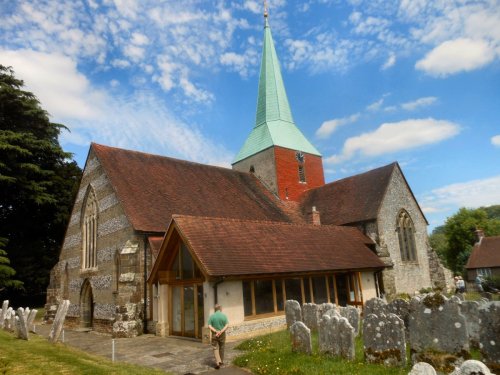
in the county of West Sussex
(2.2 miles, 3.5 km, direction NW)The main village street is thronged with exquisite old properties, some of brick, some tile hung, and some are built of Sussex clunch - a beautiful building material of soft limestone...
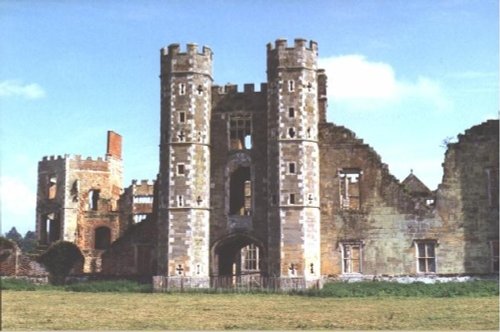
a Historic Market Town in the county of West Sussex
(5.2 miles, 8.3 km, direction NE)Popular small market resort town whose beautiful 19th-century church stands close to the banks of the River Rother, on which the town stands...

in the county of Hampshire
(8.3 miles, 13.3 km, direction SW)Super little yachting village tucked away between the many tidal creeks of Chichester Harbour...
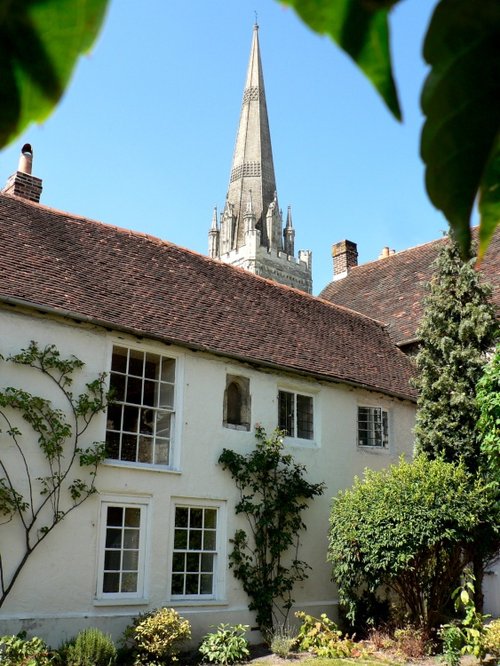
in the county of West Sussex
(8.4 miles, 13.5 km, direction S)Chichester is a wonderful coastal town with a history of strong sea-faring traditions...
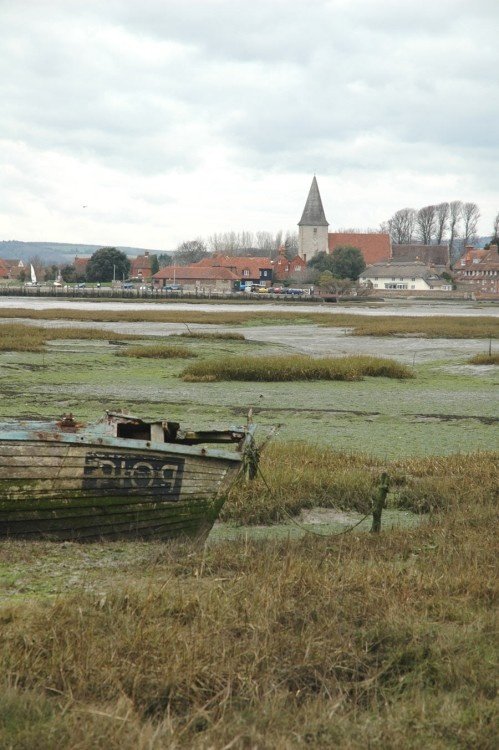
a Picturesque Village in the county of West Sussex
(8.4 miles, 13.5 km, direction S)Interesting little place with the picture post-card appeal of 'Sussex by the Sea' which for centuries has captivated artists from all over...
All towns in West Sussex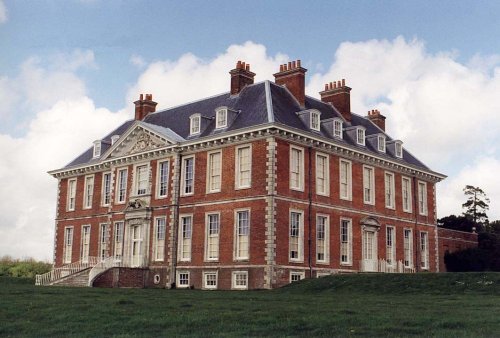
A tranquil and intimate 18th-century house...
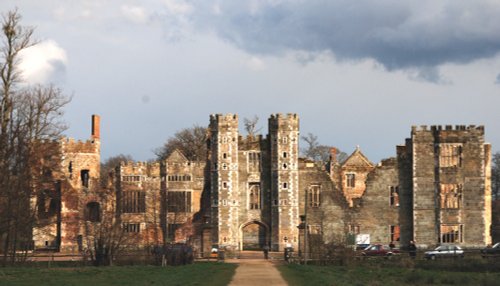
Today we associate Cowdray with the famous Polo Club, but the stark ruins sitting above the genteel town of Midhurst stand.....

For anyone wishing to learn more about the everyday life of the Celts and the Romans, how they lived in their thatched.....
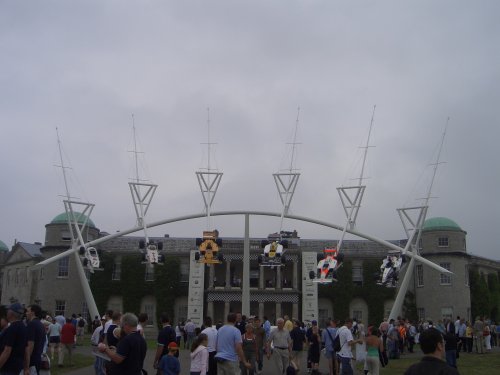
..
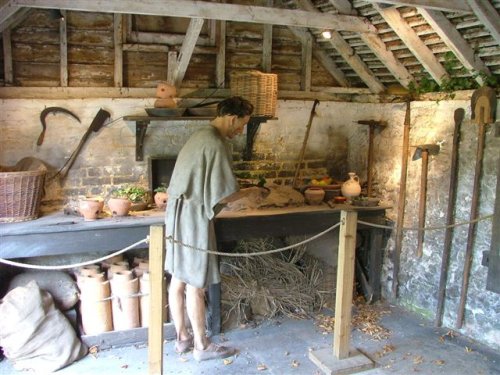
..